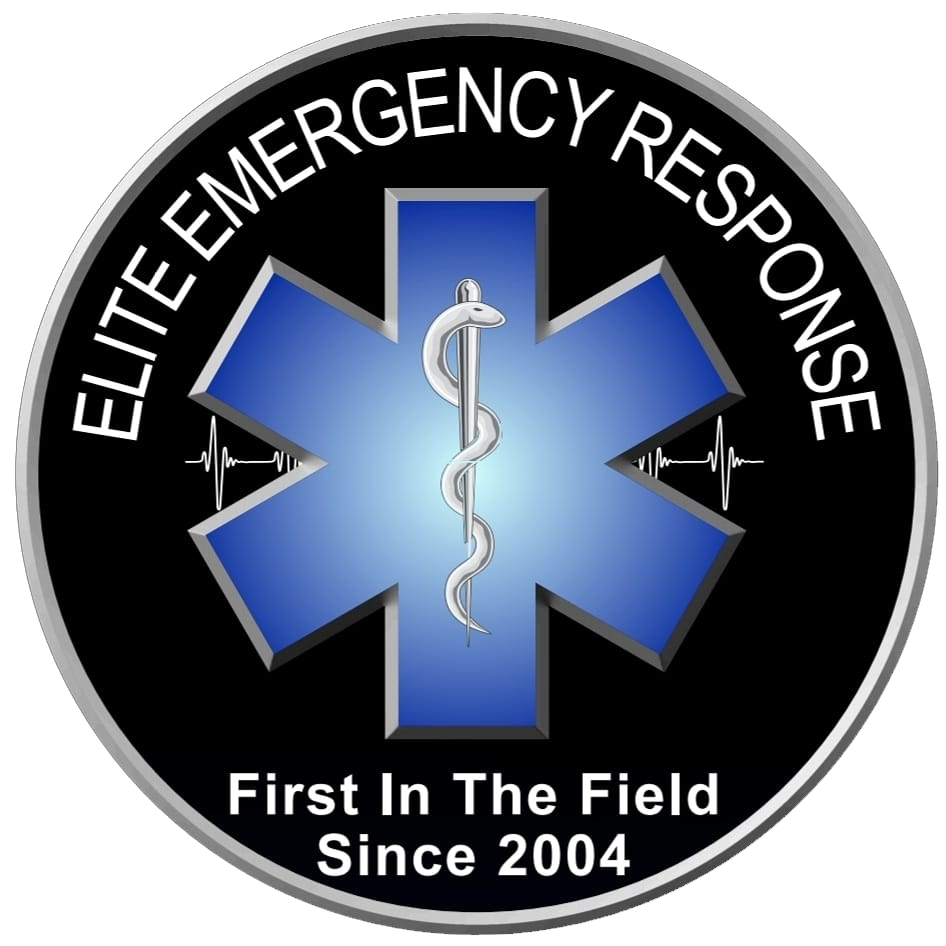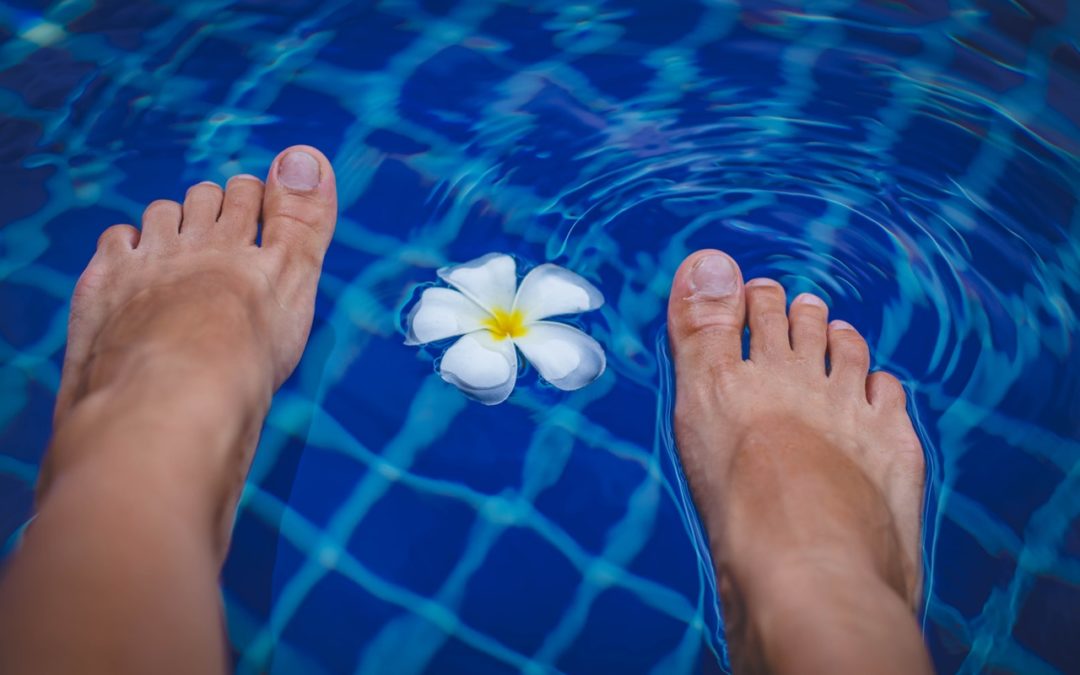Did you know that the average festival guest can walk over 5 miles (8 km) in a day? Outdoor adventures, especially over a weekend, can ask a lot of your feet! We see a lot of foot issues in the medical tent at every event. It sucks to have your fun time distracted or derailed by pain or injury, so here are some tips to take care of your toes!
Shoes: Just Wear Them
That’s all.
But seriously…taking your shoes off if you’re sitting under a canopy enjoying a workshop or sitting on the grass listening to music or socializing etc is great. Traipsing barefoot across a festival that’s normally a farmer’s pasture? Risky. Be barefoot when you aren’t mobile. Wear footwear when you are.
Proper Footwear
An outdoor event is not the time to ‘break in’ new footwear. (Good, proper fitting footwear doesn’t actually need ‘breaking in.’ Shoes should feel comfortable as soon as you put them on.) Bring shoes you’ve worn before and know to be comfortable.
Bring more than one pair of shoes for a weekend event. Sadly, your super comfy flip flops aren’t likely to be super comfy after you’ve walked a couple of miles in them. Most flip-flops (or thongs, in some countries) don’t provide any arch support which can cause pain over time and can lead to fallen arches, which are bad news. They can also easily cause abrasions and cuts to between the toes, placing you at risk for infection. So it’s a good idea to also bring a pair of closed toe shoes so you can alternate your footwear. You’ll also want to be able to change into a dry pair of footwear if necessary. (See trench foot, later!)
Wear shoes that fit properly! Shoes/boots/footwear that are too tight/short in the toe may put you at risk for losing toenails. This can also happen if slightly too tight shoe + slightly too long toenails combine for a weekend of walking. This isn’t life threatening, but it can become very painful. It can also cause injury to the nail bed, making your nail look bruised and possibly causing the nail to fall off eventually.
Your feet swell slightly throughout the day, and they’ll swell after walking around an event all day so when buying shoes, your best bet is to go shoe shopping at the end of the day to make sure they fit right to accommodate the daily increase in size.
Foot Blister Prevention
If you do feel a ‘hot spot’ forming anywhere on your feet, the quicker you deal with it, the better. A ‘hot spot’ is a signal that you’re going to develop a blister. It’s characterized by a red, warm spot that’s probably a little irritated or painful. At the first sign of a hot spot, clean and dry your foot. Then apply a moleskin slightly larger than the hot spot.
Moleskin is available at any Elite Emergency Response tent or aid station. You can buy your own at most pharmacies to always have on hand too! It’s like a thick, fuzzy band-aid that will stick to any affected areas on your feet. It also provides padding to prevent the friction that was starting the blister in the first place. The reason moleskin is more effective than slapping a band-aid over a hot spot or blister, is that it will stay in place even if it gets damp. It’s often found with the foot care products in the drugstore. (An easy way to dry the area before putting moleskin on is to wipe it with an alcohol swab if the skin is intact. If the skin isn’t intact…the burning is the feeling of all the germs dying, we swear!)
Trench Foot
2019 will forever be known as Year of the Trench Foot. We went our entire careers without seeing it in real life, and this summer we’ve seen nearly a dozen cases! Mild cases, mind you, but they only stayed mild because of proper care and attention.
Trench foot is caused by cool, damp conditions. So named because of how many WWI soldiers developed it from being in wet, cold trenches in wet, cold boots for long periods. It can start to develop within several hours with discomfort or tingling, and your feet look like you’ve been soaking in the bathtub way too long.
If allowed to progress, your feet can become blotchy, numb, and blisters can form. The skin can start to slough off, too. In layman’s terms, it just looks like a whole lot of ‘no good’ and it doesn’t feel pleasant, either.
If you’re going to be spending time outdoors for longer than several hours, please take a pair of waterproof shoes or rain boots with you. Especially here in Alberta, weather can change in an instant and guaranteed sunny hot days can become torrential downpours in the blink of an eye.
We get that it’s a pain to add to your packing, but if you’re forced to be in an outdoor environment that becomes damp or muddy, it’ll be worth it to have warm, dry, pain-free feet.
Always pack more pairs of socks than you think you’ll need. Clean dry socks in the outdoors are worth their weight in gold. You want to carry enough pairs of socks that you can keep changing into dry ones, while having time to dry the damp pairs.
Frequently make opportunities to dry and warm your feet. This might mean spending some time around a campfire or using hot packs/hot water bottles. It’s recommended that you don’t sleep or rest in socks so your feet have a chance to air dry. Bare feet in your sleeping bag is best; if it’s cold out, add a hot pack or water bottle to the bottom of your sleeping bag where it won’t be in direct contact with your skin.
If you’ve been wearing water-tight or rubber boots for a long period, you still need to take boots and socks off regularly to allow for air-drying of your feet. While rubber boots keep moisture out, they also keep moisture in! Feet have a lot of sweat glands. Yes, even yours, and you’ll definitely notice after keeping your feet in rubber boots for any length of time.
If you spend a lot of time outdoors, we highly recommend T Max Heat socks. They’re available for men and women on Amazon, Bass Pro, Sport Chek, Mark’s Work Wearhouse, etc. (We aren’t an affiliate and receive no form of compensation for our recommendation.) We all wear them at outdoor events, in the winter, when hiking, etc. We’ve never had foot issues or even the start of trench foot, despite some very long weeks in wet, cold conditions. I once walked into a glacier fed mountain lake to rescue a dog on a chilly day in early spring. I had to hike several hours back to my car in the cold, but my feet had stayed so warm that they steamed when I took my (sopping wet) hiking boots off. Plus they’re furry on the inside, so what’s not to love about that?
I hope these tips help you enjoy all your outdoor activities and keep your feet in good shape! If you have any questions at all or suggestions we didn’t make, drop a comment below!


Recent Comments